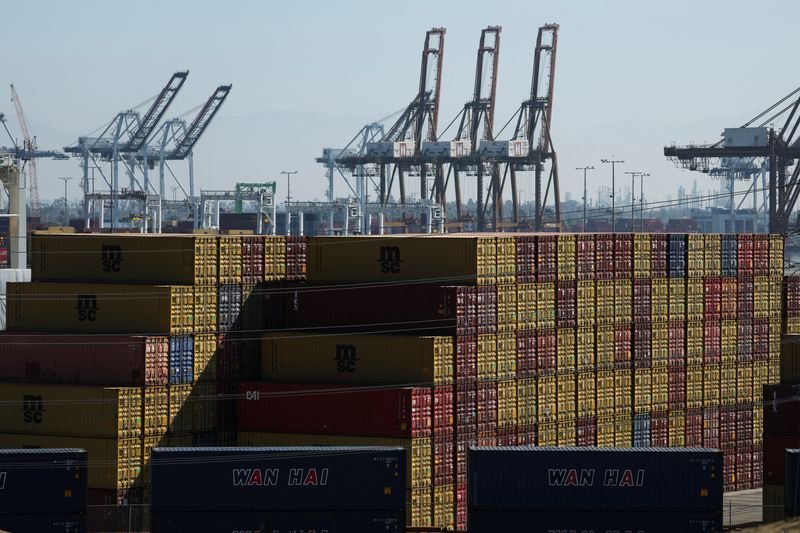New Trump Tariff Threats Spark Investor Concerns Over Trade and Timelines
Recent statements from former President Donald Trump regarding potential new tariffs have reignited worries among investors about the broader implications for trade and economic timelines. As the U.S. economy grapples with inflation and supply chain disruptions, these tariff threats could add pressure to already strained markets.
Understanding Tariffs and Their Economic Impact
Tariffs are taxes imposed by a government on imported goods. They are often used to protect domestic industries from foreign competition, but can also lead to higher prices for consumers and retaliatory measures from trading partners. The threat of new tariffs can create uncertainty, influencing investment decisions and market behavior.
When tariffs are introduced or threatened, businesses may hesitate to make long-term plans. This can lead to a volatility in stock markets, as investors react to news rather than fundamentals.
Recent Developments in U.S.-China Trade Relations
The potential for renewed tariffs is particularly concerning in the context of U.S.-China trade relations, which have been tumultuous in recent years. Previous tariff implementations led to a trade war that disrupted trade flows, affected supply chains, and increased costs for American consumers.
The current climate suggests that any new tariff announcements could lead to increased scrutiny on trade deals and economic forecasts, heightening anxiety among market participants.
Investor Sentiment in the Face of Uncertainty
Investor sentiment often fluctuates with news regarding tariffs and trade relations. Concerns about economic stability can lead to decreased confidence in the markets. Many investors closely monitor political developments, as changes in administration can substantially affect trade policies.
During times of uncertainty, like the present, investors may pivot to traditionally safer assets such as gold, bonds, or foreign investments. This flight to safety can create further volatility in domestic markets and impact investment flows.
Supply Chain Issues and Inflation Concerns
The interplay of tariffs and ongoing supply chain disruptions is another critical factor influencing investor behavior. The pandemic has already exposed vulnerabilities in global supply chains, and any new tariffs could exacerbate these challenges.
With inflation rates still high, the combination of tariff threats and supply chain woes has the potential to intensify price pressures, impacting consumer spending and business investments.
Historical Perspective on Tariffs and Market Reactions
Looking at historical data can provide insights into how markets have reacted to tariff threats in the past. During previous tariff announcements, markets often experienced immediate downturns, followed by periods of recovery as investors adjusted to the new economic landscape.
Understanding these historical patterns can help investors navigate the current environment, allowing them to make informed decisions based on past outcomes and predictions.
The Role of Economic Indicators
Monitoring key economic indicators is essential when analyzing the impacts of tariffs on the economy. Indicators such as GDP growth, unemployment rates, and consumer spending can provide valuable context for understanding how trade policies may influence economic performance.
Increased tariffs may lead to reduced economic activity, as businesses face higher costs. Keeping an eye on these economic signals can help investors gauge the potential long-term effects of tariff policies.
Conclusion
As the discourse surrounding potential new tariffs continues, it’s crucial for investors to remain vigilant and informed about the broader economic implications. The interconnectedness of global trade, market sentiments, and economic fundamentals underscores the importance of understanding how these factors influence investment decisions. Staying updated on trade policy developments will be key in navigating the evolving landscape.
